Prurigo Nodularis
Prurigo Nodularis
Pathophysiology
Prurigo nodularis is a chronic skin condition that causes itchy bumps. Nerve-related inflammation leads to intense itching and swelling in the affected areas . Constant scratching causes the skin to thicken and form hard, itchy bumps . The affected skin shows thickening, uneven growth, and a mix of immune cells that indicate a response to irritation.
![]()
Symptoms
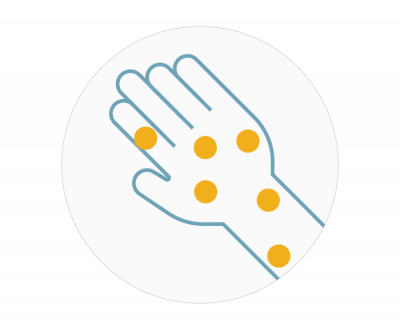 |
Bumps on the skin There may be hard, raised bumps that feel dry and crusty, commonly found on the extensor surfaces of the arms and legs, but can also occur on the back, abdomen, and scalp. These bumps may blend in with the skin color or look light pink, dark red, brown, or black. They can be different sizes and affect both the epidermis (top layer) and dermis (middle layer) of the skin |
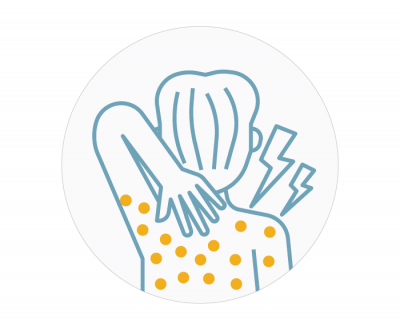 |
Itching and discomfort These bumps can be very itchy, especially at night. Some people may also experience a burning or stinging sensation. Scratching can lead to open sores or excoriated areas, increasing the risk of secondary infections |
Treatment
Once prurigo nodularis lesions develop, spontaneous remission is rare. Patients should be proactive in seeking a diagnosis and receive treatment promptly to achieve better disease control.
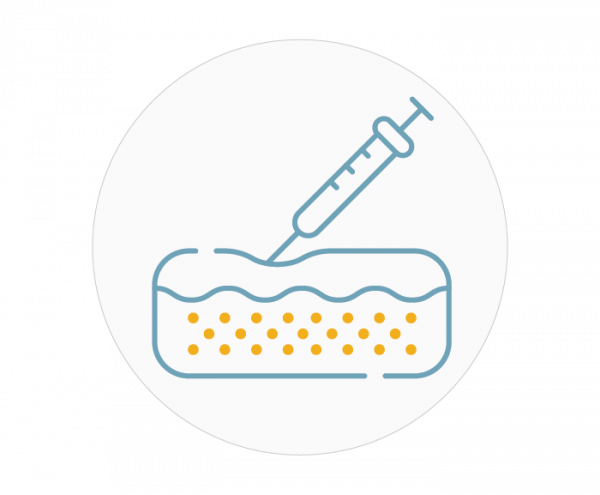 |
Corticosteroid Injections
Injecting corticosteroids into nodules to flatten them and reduce itching |
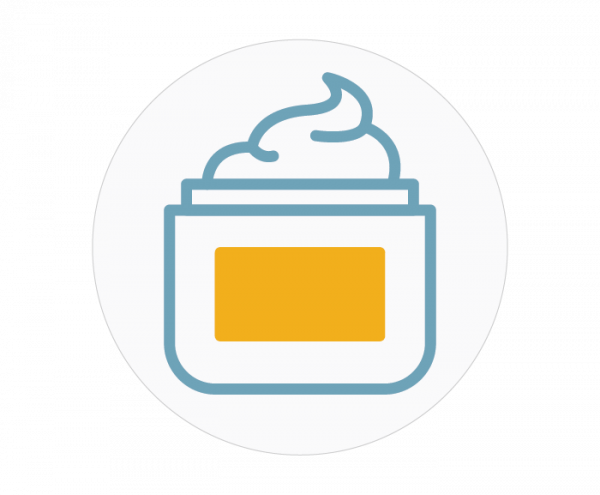 |
Topical Treatments
Applying creams or ointments, including antihistamines, strong corticosteroids, and calcineurin inhibitors, to lessen inflammation and itching |
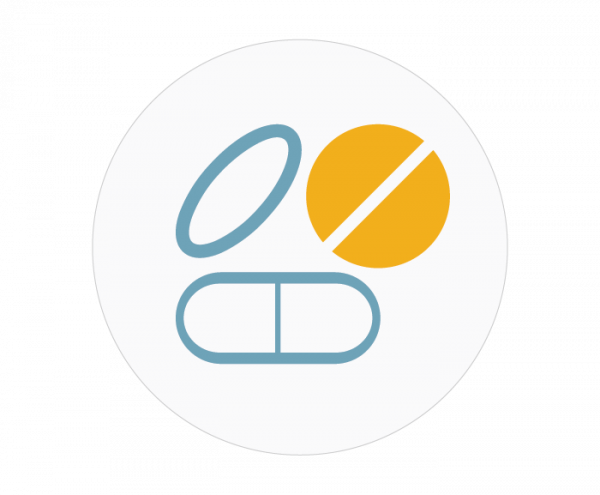 |
Immunosuppressants Medications that lower the immune response, especially for patients with autoimmune issues
|
 |
Cryotherapy
Freezing off bumps with liquid nitrogen, often used alongside corticosteroid injections |
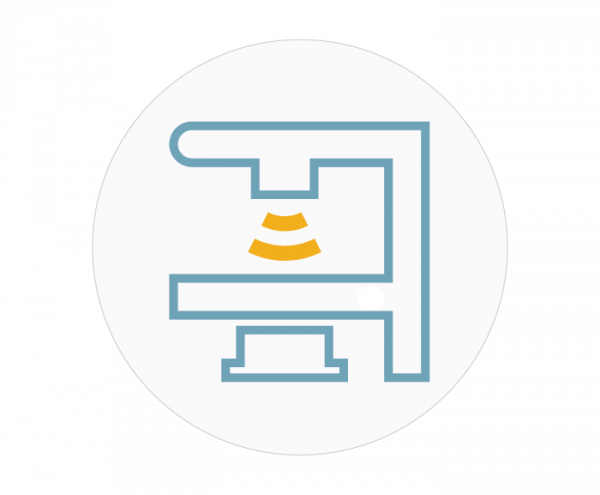 |
Phototherapy
Using ultraviolet (UV) light exposure to reduce itching and promote skin healing |
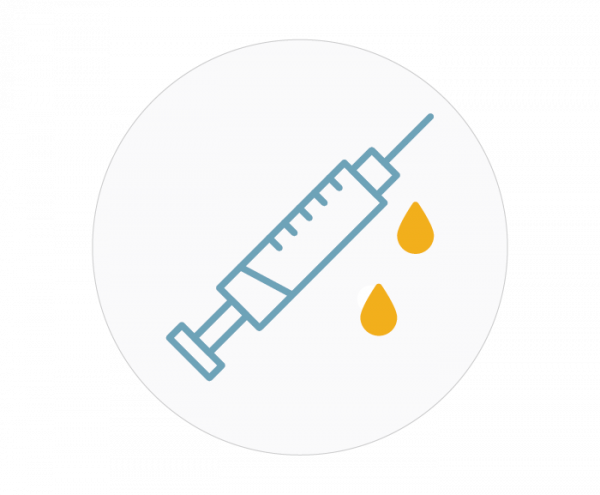 |
Biologics Recently, biologics have been approved as a new treatment for prurigo nodularis. Among which dupilumab is the first biologic option approved for this condition, and providing patients with an effective, systemic alternative. Dupilumab is a subcutaneous injection and effectively reduces itch and skin lesions in prurigo nodularis patients who have previously used topical and systemic treatments, while also demonstrating a good safety profile. After 12 weeks, patients on dupilumab reported significant improvements in their symptoms. In another study 60.0% of patients on dupilumab had well-controlled disease. Biologics may lead to adverse events such as injection site reactions, redness, or swelling, allergic reactions may occur in severe cases. Please consult your doctor before initiating treatment
|
Recovery

Recovery begins with treatments to help reduce itching and swelling with onset of a few days to weeks. Since prurigo nodularis can fluctuate, there may be flare-ups even after initial improvement. Finding and avoiding things that trigger symptoms, like stress, can help. Keep using moisturizers and gentle skin care to keep the skin healthy and prevent flare-ups. Some people may need ongoing treatments to manage their symptoms, while some may fully heal, others might have bumps or scars. Patients should avoid scratching, keep nails short, and wear protective clothing. Talking to a counselor or getting psychological support can help cope with the emotional side of living with a chronic condition.
Myths
Prurigo nodularis is not contagious; it cannot be spread from person to person.
Scratching can lead to bleeding, scarring, and increase the risk of infection.
While it may improve temporarily, prurigo nodularis is a chronic condition that often requires treatment to manage symptoms effectively.
Recovery can take time, and ongoing management is often necessary as prurigo nodularis can be chronic and may require a multifaceted treatment approach. Flare-ups can occur even after improvement, and identifying triggers is essential for long-term management.

